Chrome/Firefox are deciding to fire requestAnimationFrame at 30FPS. The profiler shows most of the time is spent idling, so its not cpu cycles being burned up.
I tried writing a delta timing to "catch up" / stay synced. The FPS is correct according to my FPS meter, but the result is very choppy animating. I also tried Drawing immediately after each Update, still choppy.
I am running a very vanilla rAF paradigm and notice the window size affects the FPS, but the profiler doesn't seem to explain why the FPS drops at full screen
let start = null;
let step = (timestamp)=>{
if(thisTimerID !== scope._timerID){
return;
}
start = start || timestamp + delay;
let current = timestamp;
let delta = current - start;
if(delta >= delay) {
this.Update();
this.Draw();
start = timestamp;
}
requestAnimationFrame(step);
};
thisTimerID = this._timerID = requestAnimationFrame(step);
Should I try requestAnimationFrame, and if I detect a low FPS when initializing, fall back to setInterval? Should I just use requestAnimationFrame anyway? Maybe there's a flaw in my delta timing logic? I know theres a huge flaw because if you switch tabs then come back, it will try to catch up and might think it missed thousands of frames!
Thank you
EDIT: requestAnimationFrame IS firing at 60fps under minimal load. It is the Draw method that is causing the frame rate to drop. But why? I have 2 profiles showing a smaller resolution runs at 60fps, full screen does not.
What's really strange to me, is the full screen version is actually doing LESS work according to the profiler.

